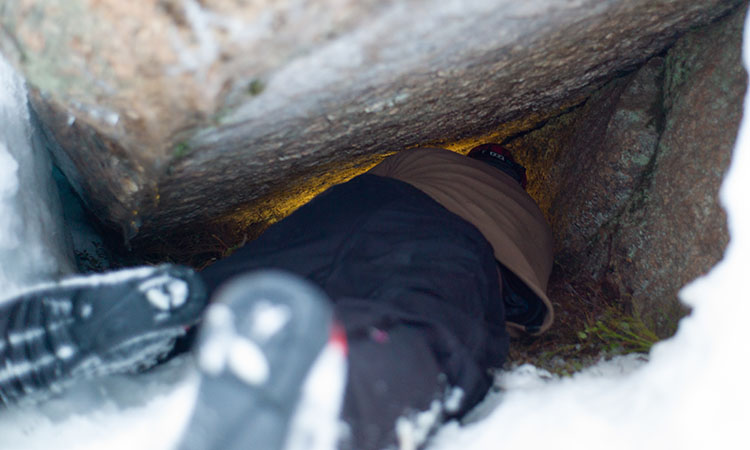We conduct research across the entire breadth of applied ecology, including wildlife management and forestry. This means that a lot of our research is focused on how to use ecological knowledge to address environmental, policy, and management problems.

At the department we research on a broad spectrum of species within aquatic and terrestrial ecosystems. We as well have several veterinarians that are working on issues related to animal welfare and health of Scandinavian mammals. Furthermore, we have a young up and coming research group in forestry, working on investigating various aspects of sustainable use of forest resources and use of new technology. Our department is located on campus Evenstad.
We offer education from the bachelor to the PhD level. We have programmes in forestry (Bachelor and Master in Norwegian), wildlife management (Bachelor in Norwegian) and applied ecology (Master and PhD in English) as well as a one-year study in hunting, fishing and nature guiding (in Norwegian).
Additionally, we have an exchange programme for international students, where we offer courses in ecology and evolution, boreal forest and wildlife management, and an internship programme.
For us it is important that students get hands on experience. Therefore, practical training is often included in the course curriculum. Students are invited to join research groups together with other students and other researchers, when they begin their bachelor's or master's thesis. It is also possible to complete bachelor's theses in the form of business plans or other forms of development projects.
The department has around 70 employees and over 200 students. Approximately 15-20 percent of the students are international students. There is a high level of research and development activity at the department, and approx. 50 percent of our activities are externally financed. Most of the teachers are active researchers and the students are most welcome to participate in their research projects.

International Wildlife Congress of 2025
The international conference will be held in the period 1. - 4. September 2025 in Lillehammer. Read more about the event on our website.
Our international studies
Following the trail of the bear's secrets
The bear's winter hibernation is a mystery: how can it lie quietly for six months and come out entirely fresh in the spring? Scientists take bears out of their dens to find answers.




